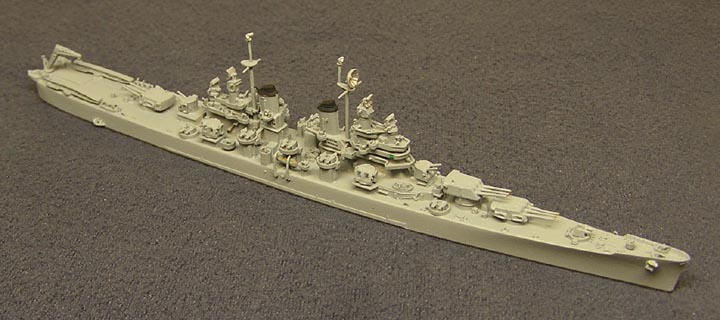

North Korean ports, air strikes on military targets, an attack across the Demilitarized Zone separating the two Koreas, a phony The Johnson administration considered several risky courses of action to retaliate for the Pueblo seizure. Use of nuclear weapons against North Korea.Īmong the main disclosures in these documents, obtained through the Freedom of Information Act and archival research, are the following:

Military contingency plans, which President Lyndon Johnson eventually rejected, included a naval blockade, major air strikes and even Previously withheld high-level political and military deliberations over how to respond to the episode in an atmosphere fraught with the dangers of a

internal reactions to the Pueblo seizure, and include Recently declassified documents posted today by the National Security Archive describe tense U.S. Because it involved actual encryptionĮquipment rather than just papers and briefing materials, the Pueblo affair may have produced a much greater loss than the recent disclosures ofįormer NSA contract employee Edward Snowden. Resulted in the capture of a dozen top secret encryption devices, maintenance manuals, and other code materials. International waters, when North Korean naval units opened fire, then boarded the vessel and took its crew hostage for almost a year, sparking a majorīeyond the dramatic political ramifications of the seizure and hostage-taking for the Lyndon Johnson administration and U.S. Navy signals intelligence ship was on a mission to intercept radio and electronic transmissions, and apparently sailing in Navy)įorty-six years ago today - well before Edward Snowden was born - the National Security Agency suffered what may still rank as the most significantĬompromise ever of its code secrets when the American spy ship USS Pueblo was captured by communist forces off the coast of North Korea "Pete" Bucher, skipper of the USS Pueblo.


 0 kommentar(er)
0 kommentar(er)
